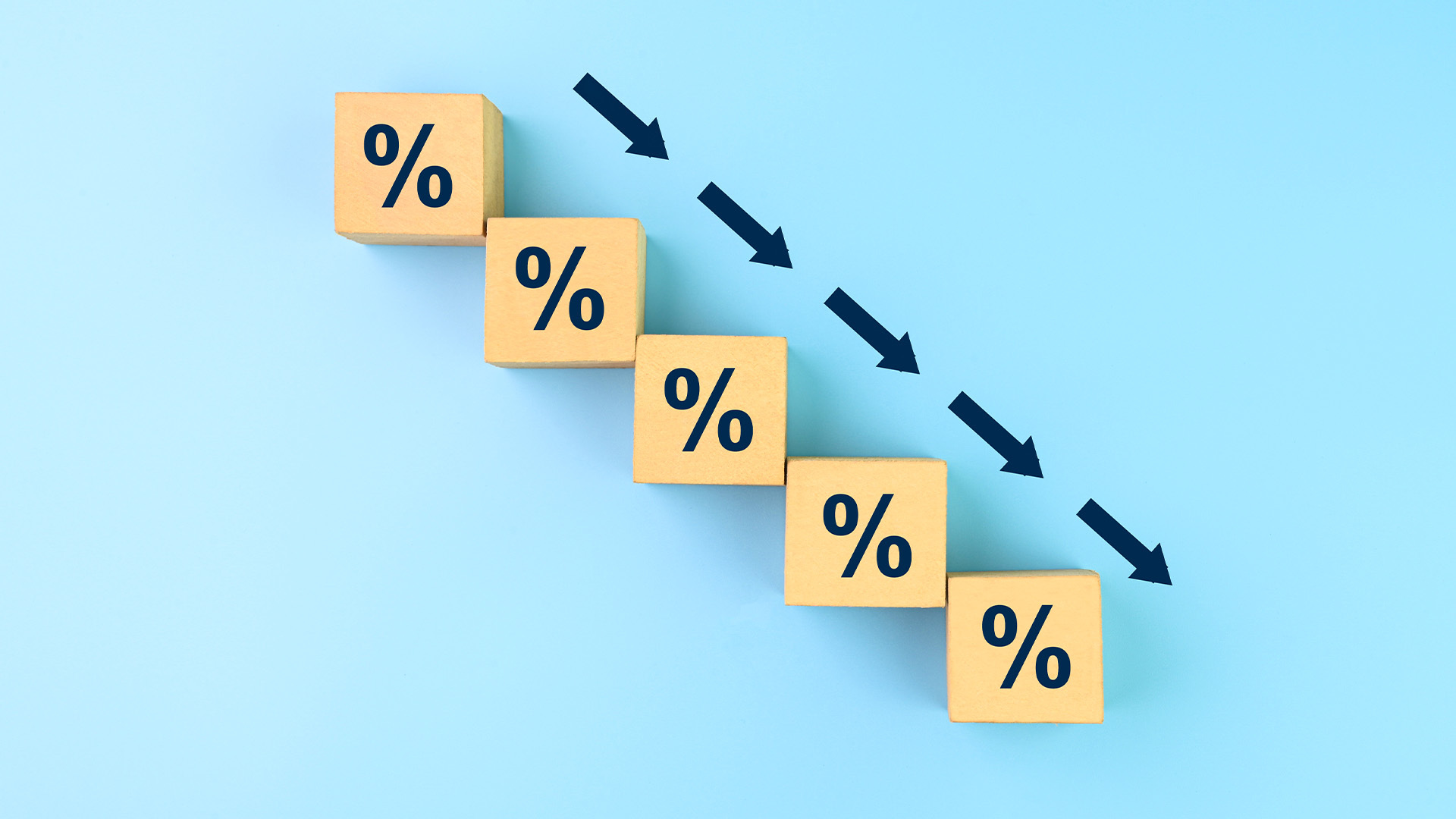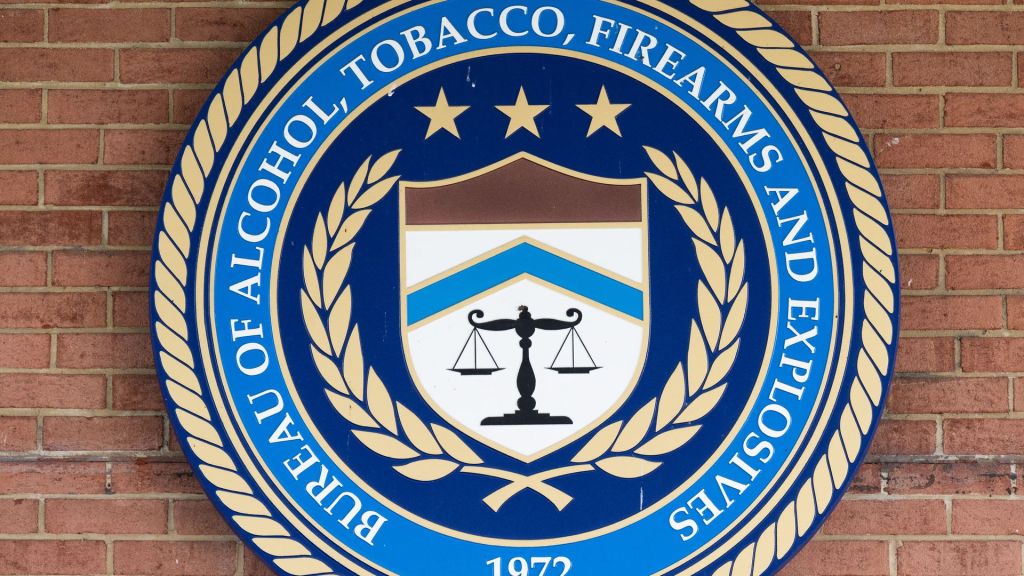
Simone Del Rosario: Let me ask you about what we’re looking at moving forward when it comes to Fed rate cuts and fed decisions. You’ve already said that you believe that September’s meeting next week will be a 25 basis point cut. What is, what is the next year, year and a half look like if they can keep the economy kind of running the way that it is we have, you know, after the September meeting, the next meeting doesn’t come until the two days after the election, so there’s a little bit of time there. But then what are we seeing into 2025, and beyond.
Joseph Wang: So the market is pricing in a very, very aggressive, fed cut cycle, so aggressive that the market is pricing by the end of next year, the overnight rate will be below 3% so that’s from 5.5% today below 3% next year. Now that’s a very aggressive rate path, policy expected policy pricing by the market, and that seems to assume a significant deterioration in the economy. Now let’s look at the big picture, though. Now the most recent GDP statistics in the US were revised upwards from 2.8% annual growth rate to 3% so the economy is actually growing fine. There’s really no indication that we would just suddenly go from 3% to a recession where we grow, we don’t grow, we shrink jobs reports again slowing, but we’re still creating over 100,000 jobs a month. When we’re in a recession, we don’t create 100,000 jobs a month. We lose 100,000 jobs a month. And so the pricing the market seems to be pretty aggressive. From my perspective, I think there’s too much doom and gloom being priced in my best my base case expectation is that rather than having a series of huge cuts that the market is assuming that we have some steady 25 basis point cuts, and maybe the cut cycle ends, let’s say around three and a half percent, rather than below 3% I say this because, by all indications, the economy continues to have momentum, and there’s a good case to be made that rather than falling into recession, we really are just normalizing now. One other thing that I would mention is that something that’s happening today that hasn’t happened before, is that we have tremendous amounts of fiscal spending. The government is expected to have a fiscal deficit of about a couple trillion dollars, basically forever, and when you have the government spending so much each year, that’s very supportive of demand, it’s upward pressure on inflation. It’s not a very good management of the currency, but it is supportive of demand. And so when you have that kind of, I guess, fiscal spending, I think that’s a good. Tailwind. Now, one other thing to keep in mind is that what happens in November could have very big implications for macro policy. We have two candidates with very, very different visions of the world. Again, we also have to look at Congress to see whether or not they are able to carry out their different visions of the world. So there’s a lot of uncertainty there. But based on what I see right now, the economy is still okay, and the rate cuts in the markets are too aggressive. We’ll have some, but it doesn’t seem like we would have so many, because it doesn’t seem like at the moment that we are tumbling into recession.
Simone Del Rosario: Can we talk about what the what the base rate is and should be moving forward. We had such low interest rates for so long, and I think there’s a good argument to be made that after the Great Recession and the many years that followed, we didn’t move quickly enough to start to normalize that situation. So for a lot of people, they’ve felt a very low interest rate environment for a very long time. You’re saying you see a rate cut campaign that ends around three and a half percent compared to a more aggressive market prediction of 3% is there a good argument to be made for the Fed’s rate to be higher than what would be considered normal before in in, you know, a healthy economy.
Joseph Wang: Yeah. So what you’re talking about, what you’re referring to, is what economists refer to as the quote, unquote neutral rate. That’s the rate where the Fed thinks that the interest rates are neither stimulated the the economy or slowing it. Now, during the pandemic, before the pandemic, between the great financial crisis and the pandemic era, we had very low interest rates. I think it’s important to look at that era in the context of history. Now having 0% interest rates is a historical anomaly before the great let’s say before the financial crisis, interest rates were around four and 5% and everything functioned fine. So I take the view that that post financial crisis era of 0% interest rates was very much an anomaly. And going forward, we’re going to have a world where interest rates don’t go back down to zero, maybe stay around three and a half percent, as I noted before. And there’s a couple reasons for that. One is that we have some inflationary pressures that are happening through demographics. Now, as we all know, the US, the US population, is aging. Now I think aging population is something that is inflationary. The way that I think about it is, imagine right now if half the country immediately retired tomorrow and then went on Carnival cruises and played bingo the whole day and lived off Social Security. Well, we have, if you have half the people just stopped working and just continue to consume, continue to go to restaurants. Who’s going to do all the work, right? So that is going to put demand for labor, demand for all sorts of goods and services, but because they’re not working, that’s going to reduce the supply. Now, as we move into an aging society, there’s going to be fewer people working, but those people who retired continue to consume, and so that’s going to shift the supply and demand dynamics to be more inflationary, especially when it comes to wages. If you have a more inflationary world, you’re going to need to have higher interest rates to entice people to not to consume immediately so as to leave those goods and services to someone else. The second thing I think that is happening today is that, as I discussed before, there’s tremendous amounts of deficit spending that is inflationary all things equal. So we’re going to need to have higher interest rates to kind of tap that down.











